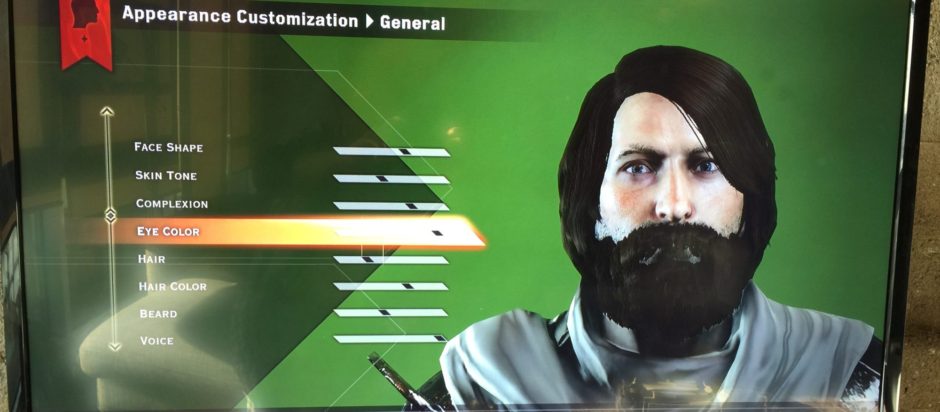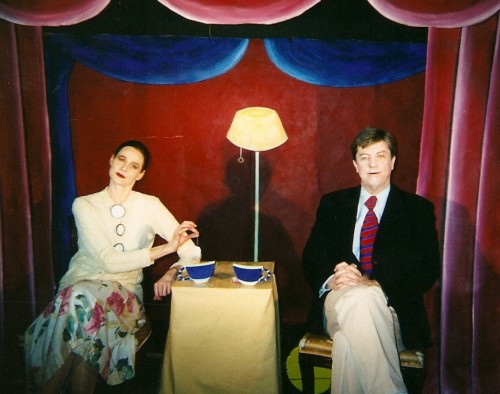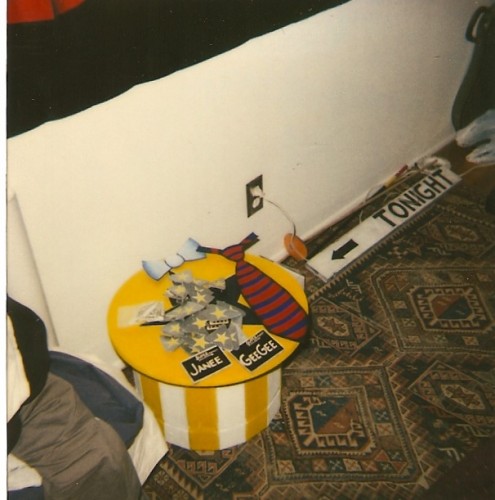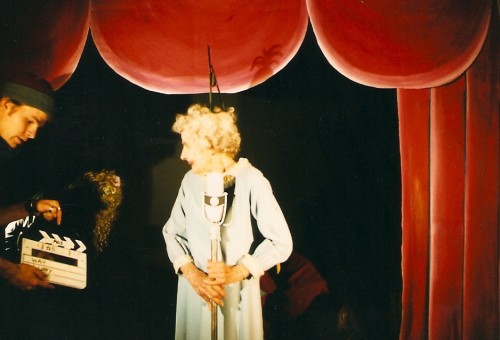[intro]A couple of weeks ago I posted a list of content management and delivery tools for indie ARG producers. In the comments, Jan Libby (@labfly) noted that “the first element you need to organize and lay out is ‘your story’ and then later how it connects to the world. After all, this is a storytelling genre.” Knowing that Jan is a prolific and talented indie ARG designer, I asked her if she would be interested in doing a short interview about how she plans and evolves her games — and about the important role of story in ARGs in general. We exchanged a few emails, and Jan sent me these responses — along with some great behind-the-scenes images from her upcoming indie storyworld, 36nine…[/intro]
I wanted to dive right into some nuts-and-bolts writer stuff, so here goes. Suppose you’re setting out to make an indie ARG. How do you begin? Do you start with particular design goals (e.g. modes of participation you’d like to elicit, networks you’d like to engage with, etc), or do you look for a story first?
Whether i’m working w/a client or doing an indie, i always begin with story. Of course, with a client i will have many things to consider (brand’s voice, brand’s audience, brand’s platforms, etc.) while creating a story that fits for the gig, but story is still most important. The way the story unfolds to & interacts with the online and offline world happens organically as i write the story (but i keep that list of mechanics separate).
Screenwriters and novelists typically articulate their themes by moving a protagonist through conflict, crisis, climax, and resolution. ARGs and other distributed story/play activities arguably function in a very different way — not least because of their fundamentally participatory nature, which has the effect of fragmenting the role of the protagonist across the player community. What’s your thinking on how ARGs can engage with themes and create meaning?
My ARG stories are very much like screenplays.. except instead of the conflict, crisis, climax and resolution only happening to the character world, it also happens to my players/audience. So, as i write the storyline/storylines for the characters, i’m not only working out how the events will change the characters, but also considering where the players/audience fit into this world and how they will/may touch it/affect it/change it.
Boundaries seem to blur rather quickly in the ARG space. I wonder: do you consider yourself a game designer or a storyteller — or neither?
I really consider myself a storyteller that loves ARGs… and i still like “puppetmaster”.
I’m curious about how you structure your projects. Do you work with a storyboard from the very beginning — i.e., do you use it to discover the arc of your story — or is it something you only bring in once you know where things are going?
Usually a story has been in mind for quite some time before I begin to write it, storyboard it, etc. At some point i buy a notebook, foam core and index cards. The notebook comes first. i write and write and write and soon the notebook leads to index cards and foam core boards. The first set of boards i create break down the Acts of the ARG (this will include diff paths the players/audience may create). The next set of boards will break down the characters. Near these boards i place boards for “assets” and begin those lists. Later in the process i will connect story and characters to assets via string. i’m sure that sounds archaic but i work best when i can touch it and live with it around me like that. i can look at and rework these boards for a long time. i have boards up right now that i’ve been working on for over 8 months. i’m slowly building a world and the boards are evolving as i write scripts, build sets, props, shoot, etc. soon i will begin the ARG boards. My ARG boards will take me from day 1 to end game/goodbyes and beat out what happens each day within the storyworld (including mechanics, assets, shoot sched, etc).
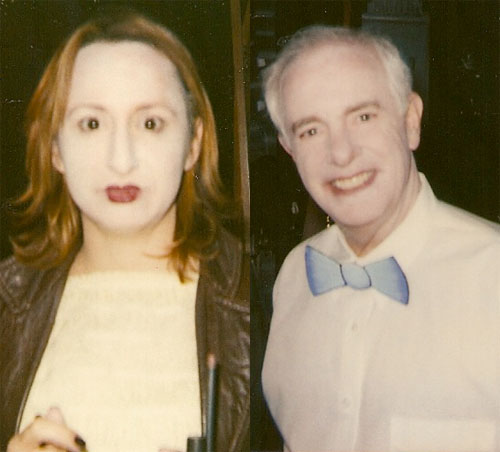
In your comments on my earlier post, you wrote: “my storyboard is separated from my assets charts.” Why do you think it’s important to keep things separate this way?
I prefer ARGs with a story. Some ARGs just deliver a string of events. For me, by starting with a “storyboard” that is dedicated to story only, i can be sure i will not make this mistake.
ARGs are inherently collaborative; creators often work in teams, and games almost always involve a large amount of back-and-forth between the players and the designers. How do you accommodate for this dynamism in your story planning?
You make sure you communicate well with everyone on the team. This means you must have a great way to share information and to keep everyone on the same page. On a recent project i simply made a doc out of my ARG boards. Each day everyone could look at that and see what was happening that day and where we were headed. It’s also really important to have a great producer staying on top of everyone with a hot sheet. Everyone should know as you head into producing the ARG that some things will change due to players/audience interaction/participation. So, you must make certain that you have the time in your schedule to accommodate those changes and forks in the road. i don’t think its a good idea to shoot a ton of stuff pre-launch. i do shoot some, but most is scheduled to happen post launch so that is really is happening during the “story time”. (its like live theatre that can react/change/or not to the players/audience) And again, you make sure you communicate the changes well with everyone.
Where are things going for ARGs? And for you?
i really don’t know where ARGs are going. i think if ARGs are to survive they need to grow and change. First, we need to tell better stories. i would love to see more artists and filmmaker types dive into the genre to help push the envelope. We need to examine how ARGs play out. There are many problems with how and where ARGs are played out now. Many people have told me they’d love to play an ARG but just don’t know “what to do” or “where to go”. i’ve been playing around with different “live help” ideas. On Levi’s we had “GameTeam” who were around the boards to help out newcomers. i know it was a useful tool but its only the beginning. Also, traditional forums are overwhelming to many newbies. The forum set up hasn’t changed much since.. um forever. we should redesign “the forum” or the space where the players organize and meet. Beyond all that, i do think that “interactive storyworlds” have a big future. i’m certain that someday, in the not so distant future, some cousin of ARGs and MMORGs will deliver episodic adventures to players/audience. i like this idea that on a given night a storyworld comes alive and you are invited to step into it and for a couple hours and then check back next week for the next episode.
Thanks, Jan!
Jan Libby created the popular indie Alternate Reality Games – Sammeeeees & Wrath of Johnson (Sam II). Her year following Sammeeeees was spent writing and designing for LG15 Studios (on the Lonelygirl15 Series season 1 & 2). She then partnered on Book 3 of the horror/sci-fi Eldritch Errors with Brian Clark & GMD Studios. Jan now works primarily as an ARG/ARE and Community consultant to Media Companies and Agencies. After recently wrapping on Levi’s GO IV Game/Experience, Jan has spent the last couple months building up her next indie ARG storyworld, 36nine.
